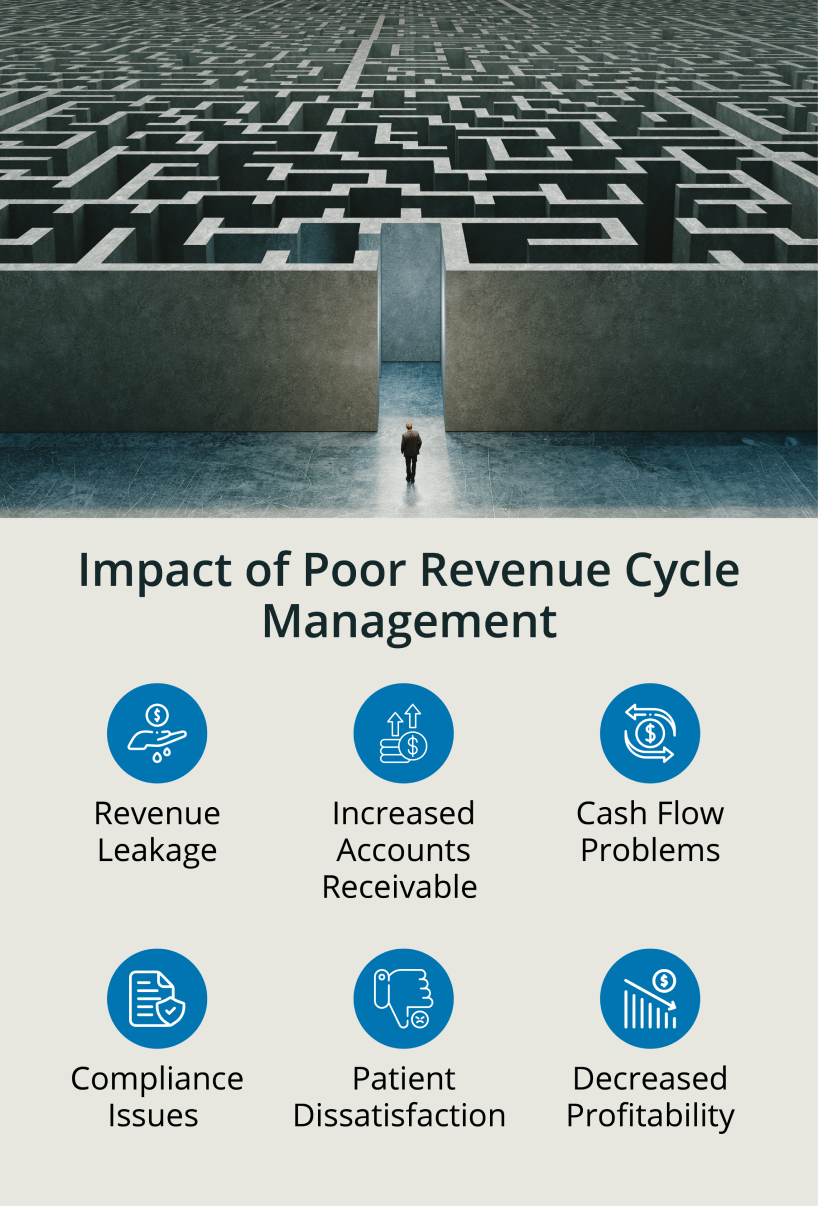
Introduction to the Future of Healthcare Finance
Navigating the complexities of Healthcare Revenue Cycle Management (RCM) without the mastery of cash posting is like attempting to slice bread with a spoon: clumsy and ineffective. In an era where healthcare prioritizes human values, selecting the right technology transcends mere smart choices; it becomes indispensable. The daily emergence of new technology, each vowing to be the panacea for cash posting dilemmas, underscores a broader narrative. It’s not just about recording payments or navigating through insurance payouts; it’s about propelling your billing system beyond the archaic confines. As healthcare evolves at an unprecedented pace, blending modern payment technologies with traditional billing systems presents a challenge akin to mixing oil with water. This narrative embarks on a journey where technology and tradition intersect, revealing strategies to harmonize advanced tools with classic systems, ensuring your billing not only survives but thrives. Prepare for a comprehensive exploration of upgrading billing technology, circumventing the pitfalls of obsolescence, and securing a competitive edge, all delivered with a sprinkle of humor to maintain engagement. Welcome to a transformative journey aimed at elevating your billing from a backstage function to a forefront of financial wellness.
Embracing Transformation: The Path Forward
The digital age calls for a profound reassessment and enhancement of billing systems, a critical move for businesses aiming at sustained success. Transitioning to a contemporary billing system transcends mere software adoption; it involves a deep dive into the impact of existing processes on your business’s health. Together, let’s explore this transformative journey:

Addressing Manual Process Drains:
Manual tasks significantly hamper productivity. A meticulous analysis from order processing to collections unveils manual labor’s tangible impact on financial performance. Tackling these issues can streamline operations and boost profitability.

Overcoming Scaling Hurdles:
Identifying barriers to the swift launch of new products or services is crucial. Removing these obstacles can vastly enhance your business’s agility and growth potential.

Untangling System Integration:
A critical assessment of your current systems’ alignment with the latest technologies is key. Understanding the resources and financial implications involved in maintaining or upgrading these integrations is essential for smoother operations.

Navigating Compliance Waters:
The efforts required for compliance, such as ASC 606, demand substantial resources. Understanding the repercussions of non-compliance on your financial integrity is vital.

Stemming Revenue Losses:
In the face of changing insurance mixes and rising patient bad debt, strategies to accurately capture revenue associated with provided care are crucial for preventing revenue leakage and, over time, enhancing operational margins.

Enhancing Customer Loyalty:
Billing inaccuracies can lead to customer churn. Recognizing how billing efficiency impacts customer loyalty is critical for sustained revenue growth.
Technological Advances Reshaping Healthcare Payment Posting
At the heart of healthcare administration, the significance of payment posting, especially post-claim approvals, cannot be overstated. Healthcare providers are tasked with meticulously recording payments, aligning actual receipts with anticipated revenues from patient services. This often involves resolving discrepancies between expected and received amounts. The Council for Affordable Quality Healthcare, Inc. (CAQH) highlights a remarkable opportunity, suggesting that the healthcare industry could save $16.4 billion by automating administrative tasks, including payment posting. Revenue Cycle Management (RCM) software emerges as a pivotal player in reducing manual workloads through robotic process automation, machine learning, and artificial intelligence, streamlining backend operations. This not only minimizes manual tasks but also reallocates staff focus on more complex issues, such as appeal management and denial resolution. Adherence to RCM software best practices enhances backend efficiency, expedites revenue collection, and by targeting critical areas such as denial management and patient billing, healthcare providers can refine their revenue cycle processes, cut costs, and enhance patient experiences. This strategic technology integration within healthcare’s financial operations heralds significant cost savings, streamlined workflows, and improved patient outcomes, marking a major stride towards a more efficient and patient-centric healthcare system.
Technological Impacts on Payment Posting

Charting the Digital Transformation Path
A comprehensive assessment of both legacy billing systems and new payment technologies is crucial to identify the most effective integration approach.
Leverage Middleware Solutions:
Middleware solutions can bridge new payment technologies and legacy billing systems, offering a cost-effective alternative to complete system overhauls.
Prioritize Data Security:
Ensuring data security and compliance with relevant regulations is paramount in any integration effort.
Engage Stakeholders Early:
Involving key stakeholders early ensures that the project aligns with the organization’s broader goals and addresses all user needs.
Plan for Continuous Improvement:
Integration is an ongoing process, requiring continuous evaluation and adjustment to accommodate emerging technologies, regulatory changes, and evolving patient expectations.
Conclusion
Integrating advanced payment and posting technologies with legacy billing systems presents significant challenges but also offers opportunities to enhance financial operations and patient satisfaction. Through careful planning, a focus on security, and a commitment to stakeholder engagement, healthcare providers can successfully navigate these challenges. The future of healthcare RCM lies in the ability to adapt and evolve, embracing technological advancements while ensuring the integrity and efficiency of financial processes.
Join Us on This Journey
As we delve deeper into the digital transformation of healthcare billing, we invite you to join us in revolutionizing your revenue cycle. Embrace the change, leverage technology, and position your billing systems at the forefront of strategic business operations. Together, we can navigate the complexities of the digital era and emerge stronger, more efficient, and ready to lead in the healthcare industry.









